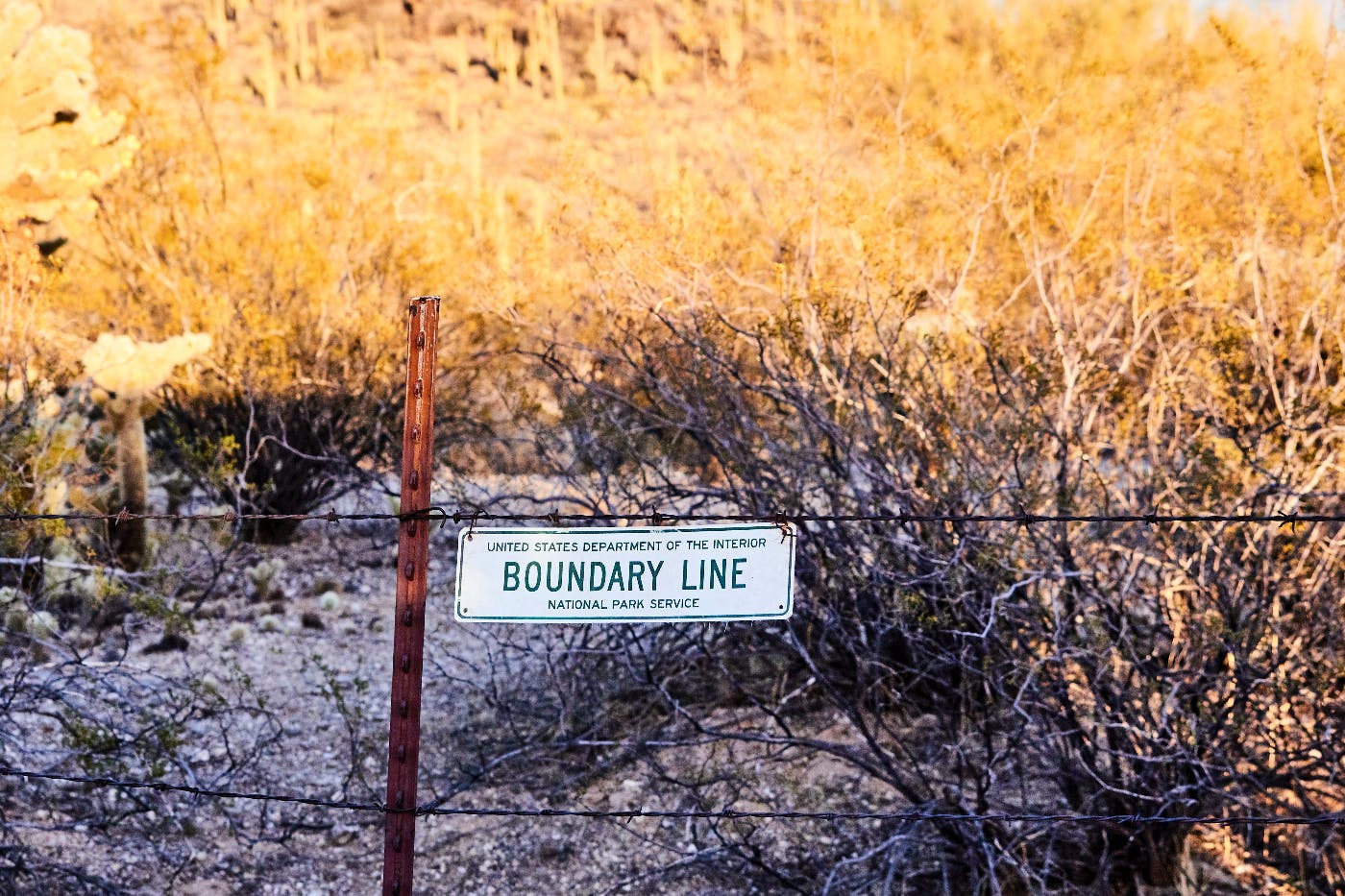
Apart from leaving their jobs en masse, it started people thinking more, examining the details of work, and deciding that working in a toxic environment, no matter the salary, just wasn't cutting it any longer.
As the year winds down, we have things to be thankful for, things to look forward to, and things that we may believe have gone away but still hang out a little less noticed.
The pandemic may not be in the news or being wielded like a cudgel by political groups, but the disease is still about, and it has joined forces with the flu and RSV. The pandemic is a cause of our thankfulness and forward-looking hope.
The pandemic gave us the great resignation. People started re-examining their priorities with being trapped at home and having no separation between work and life. Many decided it was time for a change, thus the great resignation. The revelation that work-life was not good, balanced, emotionally supportive, or even necessary led partly to the resignation.
Apart from leaving their jobs en masse, it started people thinking more, examining the details of work, and deciding that working in a toxic environment, no matter the salary, just wasn't cutting it any longer. People have decided they are worth more, and they acted on that.
But with people leaving offices and working remotely, has the problem of the toxic workplace been resolved? It’s certainly less, but the toxicity that sent people screaming for the doors is still there, even for remote workers.
What is a Toxic Workplace
The term toxic workplace has been bandied about a great deal lately, so it may e helpful to define it. When something becomes a buzzword, it’s often like that game telephone we played as kids. One person whispers something to another, and they have to whisper that down the line until it reaches the final person. Through the process, the original message gets distorted and confused. It is the same with social buzzwords. Some people may work in a toxic environment and not even know it.
A toxic environment is one that is full of negative triggers. These include bullying, yelling, manipulation, and lack of trust. Infighting, discrimination, and a general psychological minefield. In this environment, workers feel unsafe and on edge all the time. Some workers may not know the cause; they just feel uneasy constantly.
Here are some quick signs that your work environment is toxic.

No Boundaries
In a toxic workplace, there are no healthy boundaries between work and life. The job is the beal and end all. Management pushes themselves to extremes and expects all worker sot follow, even if they work remotely. Remote workers are expected to work late and respond to texts and emails into the night. Their personal life and mental health do not matter.
No Trust
In these workplaces, management doesn't trust that their workers are doing their jobs. They constantly check in on them, pinging them to know what they are doing. Or, they have their offices facing the workers so they can keep an eye on them every minute of the day.
No Mistakes Allowed
In this environment, there is no room for mistakes; thus, there is no chance to learn and grow. Most people get better when they make mistakes; they learn, understand, and find new ways to improve. But in a toxic environment, no one is willing to risk or try because mistakes mean you’re ridiculed in front of co-workers and abused by management.
No Positive Interpersonal Relationships
In a toxic office, interpersonal relationships are nonexistent. In a healthy office, people say hello, and chat while making morning coffee; people visit each other for a quick weekend recap and the like. In the toxic office, people are dull-eyed and heads down typing. They live in fear of being “caught” not working or being yelled at.
Also, in this toxic environment, you’ll encounter stonewalling where management or coworkers don't even exchange a hello; they are ignored.
No Support or Encouragement for Growth
Your workplace is toxic if you’re forced to figure it out yourself without support. And it extends to having ideas for change and growth shut down without consideration. This is particularly rough on entry-level employees who need help finding their way and getting to a place where they feel comfortable enough to express opinions and contribute.
This also lays a heavy burden on people of color because they find no one to champion them or really keep them informed about what opportunities are available to them.
No Relief From Work Stress
In the toxic work environment, the stress is multiplied, and often the mental angst people are experiencing manifests itself in physical ailments as well.
Because a toxic work environment doesn’t allow for mistakes or socializing, you’re constantly looking for when you’ll get “caught,” even when you’re doing nothing wrong. This keeps the body in fight or flight mode. When the body remains in this mode for extended periods, a person experiences fatigue, muscle aches, lack of sleep, depression, digestive issues, and panic attacks.
If any of these sounds or feels familiar, you’re working in a toxic environment.
So, what can you do? How do you deal with this type of situation?
“There's no magic formula for great company culture. The key is just to treat your staff how you would like to be treated.”Quote:
Richard Branson
Dealing With a Toxic Environment
You have basically two options here. You can stay on the job and figure out some way to navigate the toxicity, or you can leave.
Now, we know that’s not easy, and there may be reasons you need to stay at the job, be that salary or insurance. In that case, you will need to navigate the toxic environment, at least for a while, until you have an exit plan. If this is the case, here are some ways to improve the situation. Literally, ask yourself these questions. Meaning look in a mirror and ask yourself,
- How do I respond when I encounter toxic behavior?
- How can I shift the situation, and what’s my role in it?
- What’s keeping me from leaving this job?
If you are stuck in a toxic workplace, it may be wise to get some therapy to understand what it’s doing to you mentally and physically so that you know what you’re dealing with. Having concrete answers allows you to form a better game plan and what to attack.
For some, that feeling of being unsafe causes them to take on more special projects to show their value. This means they end up working longer days, putting in time during the weekends, which starts a cycle of misery.
Therapy or deep self-reflection can lead to higher self-awareness, which is an invaluable tool for navigating these toxic waters.
Be Kind to Yourself
It’s easy to get down on yourself in these toxic situations and browbeat yourself with a ton of ‘shoulds.’ I should speak up. I should tell that person their behavior is unacceptable. I should tell my boss he’s not helping. That sort of thing. Trouble is the environment has been set up to be filled with fear. In that situation, how can you feel free to express yourself and your concerns? You cannot.
Stop the shoulds and give yourself a break. This toxic environment usually comes from the top down. If you’re not in charge, you’re pretty much at the mercy of the office. Be kind as you navigate the situation, and ensure you’re not adding to the toxicity.
Plan The Exit
If the introspection leaves you realizing you must leave, then start planning.
If you aren’t ready to just walk out, be a part of the great resignation, then start planning. Figure out what you need to make it easy to extricate yourself from the toxic environment. Set things down in writing, and make lists of salary, benefits, and the rest you must have to feel safe leaving. Start looking for jobs in your field, and send out some resumes. Do the work and make the plan.
The plan is good for two reasons, it gives you an actual task toward a tangible goal to focus on, and it gives you hope. When things get terrible, you can breathe and tell yourself, “I am taking steps to end this toxicity in my life.” It will make you feel less stuck or trapped.
Taking control also gives you chances to feel better and stronger. A toxic environment will sap your energy and your self-worth and can cause, as we’ve seen, physical symptoms that get worse over time. When you take control, you see more clearly what you need to put up with and what you can just let drop to the wayside.
An exit plan is a step toward better mental health in a very unhealthy environment.

Remote Workers are Not Immune
Working remotely has its pitfalls that can lead to a toxic workplace, even when working in your own home.
Some folks need that office to go to keep a good work-life balance. You can easily find yourself immersed in toxic situations when you don't have that. Be sure you’re taking steps to separate work and life. Be that an in-home office, a strict schedule when you work and when you don’t, or even just a ritual like once work is done, you go for a walk.
Being separate from co-workers can cause feelings of isolation, feeling there is no support or that you don’t matter. These are all bits of toxicity that you can control and dispel.
Even if you’re planning to leave, it does help to express your opinions and fears about workplace toxicity. No manager wants a toxic environment, so they may not even know. So, talk about it, keep people aware and take care of yourself.

